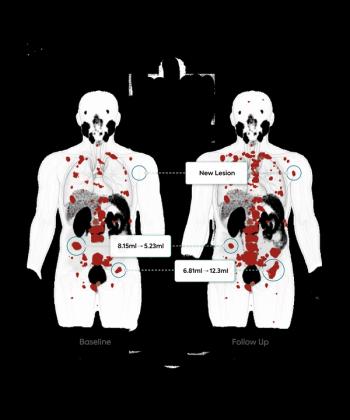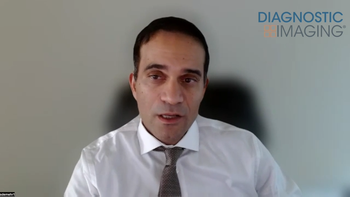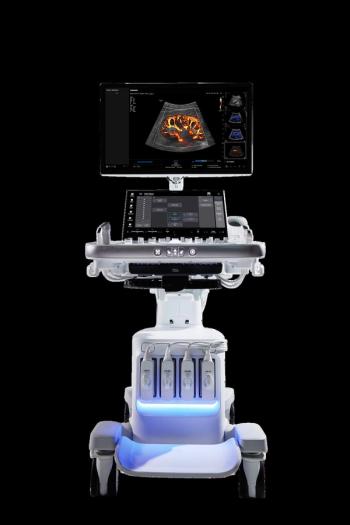
Breast Ultrasound/MRI Fusion May Help Reduce MRI-Guided Biopsies
Breast ultrasound/MRI fusion significantly improves localization of incidentally detected MRI lesions which are occult on an initial ultrasound survey alone.
Study results presented at the
“Breast ultrasound/MRI fusion significantly improves localization of incidentally detected MRI lesions which are occult on an initial ultrasound survey alone,” the authors wrote. “The ultrasound/MRI fusion technology will reduce the need for MRI guided biopsies and improve patients experience and save costs.”
The findings were presented by Adrian Kuok Pheng Lim, M.D., FRCR, consultant radiologist and honorary lecturer at Imperial College imaging department, Charing Cross Hospital in London, UK.
Breast ultrasound/MRI fusion can be challenging especially with a supine MRI sequence, which is not possible on all scanners. However, a new system has improved image synchronization working with any MRI scan and patient position. This study tested the feasibility of this new system with advanced fusion technology in characterizing incidental MRI detected breast lesions.
The ongoing, prospective study has enrolled 30 patients with a known newly diagnosed breast cancer. All patients required a second look ultrasound following an incidental MRI detected lesion and these were performed within one week. All MRI studies were performed in the prone position using a 3T Verio scanner (Siemens). Dr. Lim performed all the fusion studies with an Aplio i800 scanner (Canon). He initially undertook a baseline ultrasound survey and recorded if the lesion could be confidently identified. The ultrasound was then fused with MRI sequences showing the hypervascular lesion. Ultrasound guided biopsies were undertaken as per routine clinical care. The area corresponding to that seen on the MRI study as indicated by the fusion system was biopsied when there was no defined lesion. The results were compared with histology.
A total of 11 lesions could be detected with ultrasound alone. Ultrasound/MRI fusion was needed to identify the lesion in 17 cases. Of these, 14 were biopsied affecting clinical management and three were normal lymph nodes and were not biopsied. In two cases, the lesion could not be seen with ultrasound or fusion and therefore had MRI guided biopsies.
“The ultrasound/ MRI fusion system obviated the need for MRI guided biopsy in a significant number of cases. The ultrasound/MRI fusion was quick and easy to use with improved image registration when there was another identifiable lesion (e.g., a cyst), in addition to the nipple to provide accurate synchronization,” the authors wrote. “The system allows fusion with up to three sequences at once and a color-coded option to help denote the lesion of interest.”
For more coverage of RSNA 2021,
Newsletter
Stay at the forefront of radiology with the Diagnostic Imaging newsletter, delivering the latest news, clinical insights, and imaging advancements for today’s radiologists.



























